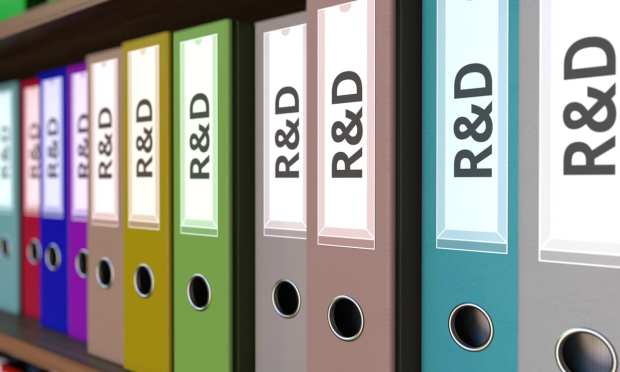Unlocking R&D Tax Credits For The Unsuspecting Small Business

Decades ago, the U.S. government introduced a research and development (R&D) tax credit designed to incentivize innovation. But as regulation has evolved over the years, small to medium-sized businesses (SMBs) have been left out of the opportunity for a variety of reasons.
For many firms, there may be the assumption that they don’t qualify for the benefit. Others, meanwhile, may have no idea of its existence.
Yet as more organizations large and small drive towards digital platforms to manage their finances and bookkeeping, the doors are opening for smaller firms — often those most in need of a financial boost — to strengthen cash flow and keep more of their profits.
Speaking with PYMNTS, Ardius Founder Joshua Lee and BizDev/Partnerships Janice Orlando explained why the R&D tax credit opportunity has remained out of reach for so many SMBs and why FinTech innovation has made it easier than ever to connect firms to what has historically been a hidden source of financial support.
An Unreachable Opportunity
As Orlando explained, the federal government’s R&D tax credit program involves setting aside about $50 billion every year to reward businesses investing in innovation. But for the majority of its 30-odd years of existence, this opportunity has been mostly reserved for the largest of organizations.
“It was only activated by large companies with over $100 million in revenue because the calculations were so nuanced, and the survey that had to be done to find these tax credits was only done by a very expensive study by the Big Four accounting firms,” Orlando explained.
Regulators eventually recognized this challenge and, within the last decade, have taken measures to open these tax credits for smaller companies. The result, Orlando said, is the opportunity for SMBs to offset tax liabilities in their payroll. While enticing, smaller firms were still faced with the burden of a resource-intensive process to discover whether they even qualified for the credit, let alone understand how to claim it.
Lee noted that for many smaller firms, the assumption is that their operations do not involve R&D at all.
“They’re trying to tell us they don’t qualify,” he said of his experiences working with some SMBs that insist that they “don’t have any laboratory coats” so they aren’t “discovering Newton’s 15th law here.”
What’s critical to this tax credit, he said, is that tax regulators’ very definition of R&D is quite broad, meaning more small businesses may qualify than first thought.
Education And Digitization
According to Lee, there is certainly an element of education that goes into connecting as many qualifying small businesses as possible to these tax credits. Taking a more tailored approach to servicing these firms also involves lowering the cost barriers and implementing more favorable rates and fee structures to help SMBs understand whether they qualify and how to access the credits.
There are other challenges, however. Many smaller firms continue to rely on manual and spreadsheet-based methods of accounting, making it particularly difficult to sift through the data to determine eligibility. Lee pointed an example of a company that logged a prototype expense, which qualifies for an R&D tax credit but is logged into a contractor account because it’s a vendor testing a technology.
Understanding how to uncover this credit opportunity can be the biggest hurdle to overcome. Luckily, more SMBs are embracing digital tools that can not only ease visibility into the data but also standardize how that information is logged and presented.
In today’s market, every penny counts. For an R&D tax credit — which, as Orlando noted, can be rolled forward up to 20 years and become a valuable asset on the balance sheet — missing out on such an opportunity is not something many companies can afford.
“They’re really looking for some of these credits to be a bridge, especially during the pandemic,” Lee said. “They can raise money, but it doesn’t happen right away. R&D credit or payroll tax often can really save the day.”
